Make your digital tour easy with our Core App Dashboard, your go-to source for quick insights, simple control, and effective app management. Show your experience; this is where your journey begins.
The Core App Dashboard is your key to simplified management and real-time analytics. Use it to empower your digital experience. You can manage this app easily to explore vital performance and smooth buyer methods.
Please remain in touch as we continue to share more information with you.
The advantages of a dashboard for your leading apps – Step by Step!
Now let’s talk about Using an efficient method for managing apps to grow your company. Discover the benefits of a centralized dashboard that offers improved decision-making and real-time analytics for your primary apps.
- Centralized Observation:
Simplify app management with a unified dashboard that gives you a thorough overview of your primary apps in one location.
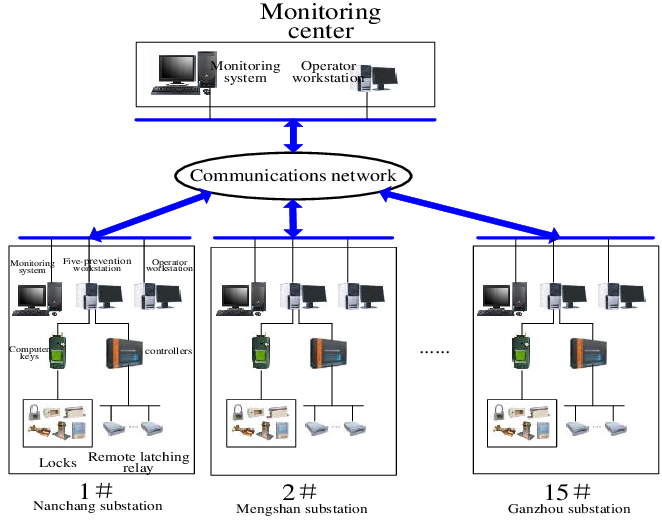
- Instantaneous Research:
Get immediate insights into critical data, user engagement, and app performance to facilitate prompt and well-informed decision-making.
- More Effective Decision-Making:
Having a consolidated picture of data from your primary apps might help you make better strategic decisions by allowing you to recognise patterns and trends.
- Interface That’s Easy to Use:
Take advantage of an intuitive user interface that breaks down complex data so your company’s users with varying experience levels can access it.
- Effective Use of Time and Resources:
Reduce the time and resources needed to switch between platforms by doing this. Having a dashboard for the primary apps improves operational efficiency and streamlines procedures.
- Take Charge of Problem-Solving:
Real-time monitoring helps quickly identify problems, enabling proactive troubleshooting and reducing downtime. This app is very active for those who can use this application.
Read: Sunwin Sunwinclubsc – Explore Sunwin!
Types of core app dashboard – Get Started!
With this in mind, the diverse realm of Core App Dashboards, each tailored to tackle distinct aspects of business functioning. Investigate the various kinds that improve decision-making and propel corporate achievement, from real-time monitoring to big ideas.
See the diverse range of Core App Dashboards, all providing a unique perspective on particular facets of company functionality. First off, real-time insights are provided by operational dashboards, guaranteeing prompt responsiveness.
Next, Analytical Dashboards explore past patterns to support thorough data analysis for tactical decision-making. Strategic Dashboards offer a high-level overview designed for leadership comprehension, whereas Performance Dashboards examine the effectiveness of applications and user involvement.
Financial dashboards are used to manage economic environments, and customer experience dashboards are used to customize consumer interactions. Compliant Dashboards make ensuring compliance easier.
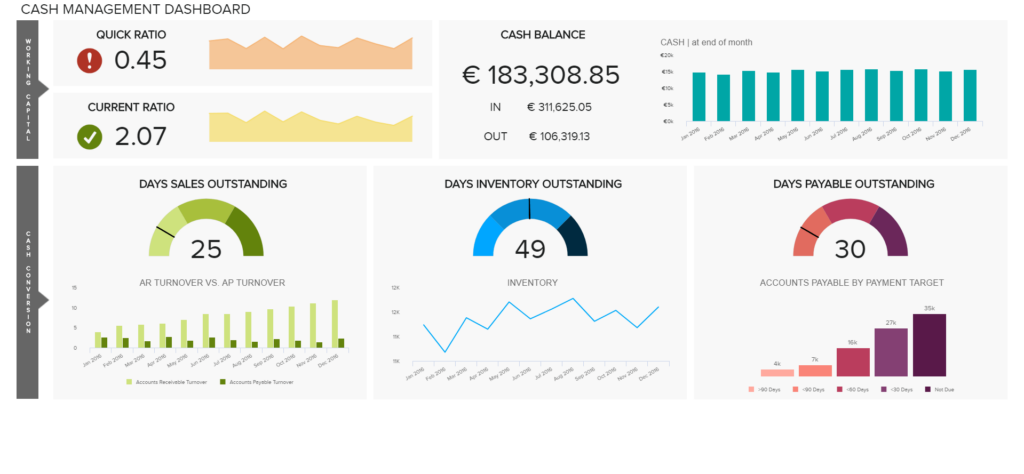
Whether managing IT infrastructure, creating bespoke views, or navigating marketing plans, these dashboards provide firms with an extensive arsenal. As such, they promote effectiveness, well-informed choices, and overall success for the organization.
Guidelines for Using a Core App Dashboard – Most Effectively!
Here, the most crucial guidance about the app making the most of a core app dashboard is essential to increasing productivity and managing work well. A personalized and optimized dashboard makes things easier, tracks development, and helps with well-informed decision-making.
The following are essential best practices:
- Personalize Your Dashboard:
Organise widgets, add or delete them, and change layouts to display the most critical information first. Time is saved due to the rapid access to pertinent facts on a single screen.
- Examine Your Data Frequently:
Retain data accuracy by periodically examining dashboard data. Frequent checks—ideally weekly or more often—avoid out-of-date data, improving resource efficiency and decision-making.
- Apply Filters:
Use the dashboard filters to fine-tune data according to parameters like location, date period, or category. Thanks to its practical use, Browsing numerous pages or widgets is unnecessary.
- Deploy Widgets Successfully:
Recognize the purposes of each widget that represents a particular type of data. Make the most of them under your unique aims and objectives to gain the best insights into your process.
Read: Everything You Need To Know About Zoro – Let’s get to know!
How to Solve Typical Problems with a Core App Dashboard – Moreover!
Let me give you authentic information about the app. A core app dashboard simplifies company processes. However, malfunctions in its operation can cause problems. The following are fixes for typical issues:
1. The dashboard is not loading correctly:
Check the speed and stability of your internet connection. Ensure you have your web browser’s most recent version installed to avoid compatibility problems.
2. Having trouble logging in:
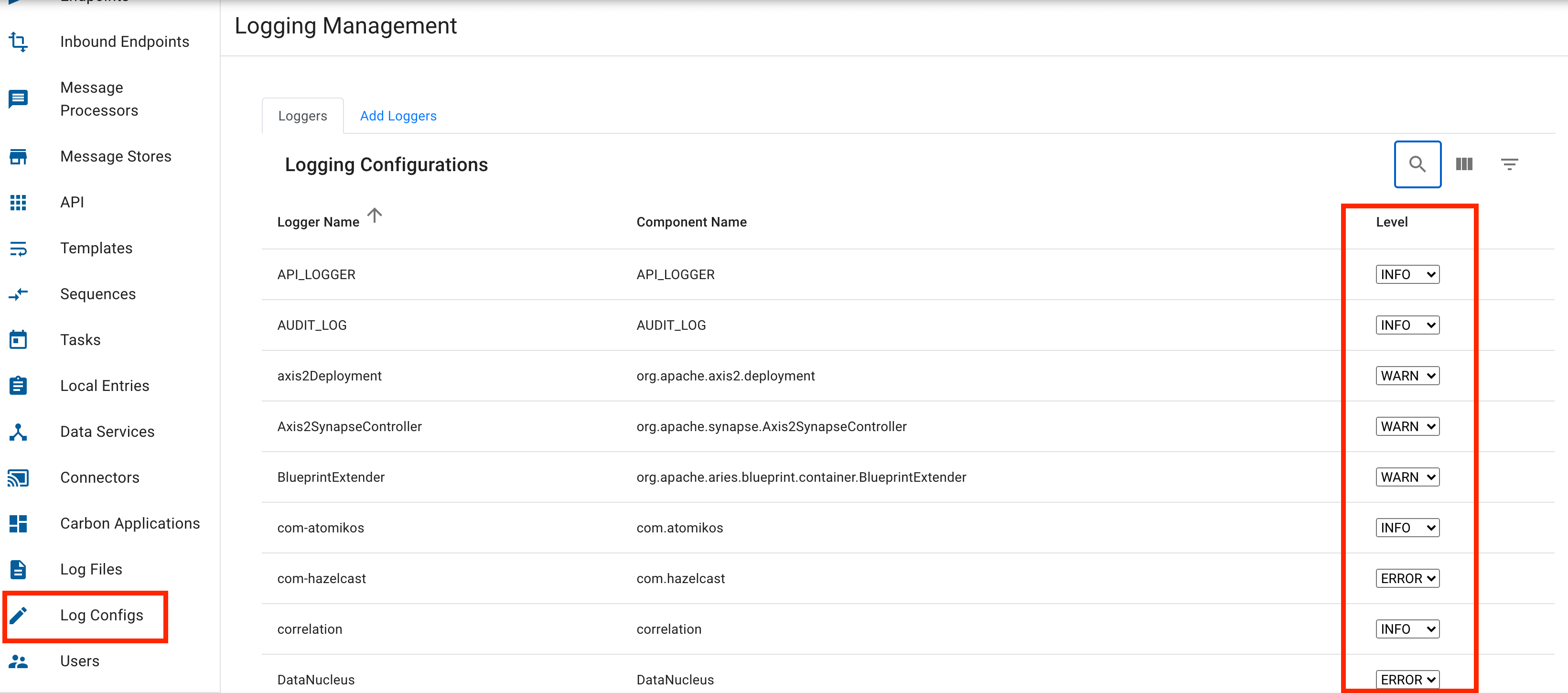
To solve login problems, click on the “forgot password” link. If that doesn’t work, ask your system administrator for help.
3. Not syncing or updating data:
Investigate possible causes, such as network problems, API issues, or data source failures if specific data isn’t syncing correctly. Work together with your IT staff to fix these problems quickly.
Examples of Business Performance Dashboards – Sign Up for Updates!
Comprehensive data on necessary performance measures are essential in today’s dynamic corporate environment. Business performance dashboards are practical tools that provide vital data images in real-time.
1. Dashboard of Financial Measurements:
- Visualize your company’s financial situation using data on sales, costs, and profit margins.
- Utilise real-time financial data to inform resource allocation, investment, and budgeting decisions.
2. Dashboard for Sales and Marketing:
- Track sales figures, examine conversion rates, and evaluate the success of advertising efforts.
- Optimise sales strategies, distribute marketing resources effectively, and spot trends to improve overall performance.
3. Dashboard for Operational Efficiency:
- Assess critical operational parameters like output rates, resource usage, and effectiveness.
- To increase productivity, streamline procedures, locate bottlenecks, and improve resource allocation.
4. Dashboard for customer satisfaction:
- To determine the general sentiment of customers, analyse reviews, feedback, and satisfaction ratings.
- Improve customer experience, identify areas for growth, and foster brand loyalty.
5. Dashboard for Project Management:
- Keep tabs on project schedules, monitor task completion rates, and evaluate resource distribution.
- Make sure projects are completed successfully by staying on track, staying under budget, and hitting essential deadlines.
6. Dashboard for Employee Performance:
- Assess key performance indicators (KPIs) and other individual and team performance measures.
- Promote data-driven decision-making in personnel management and pinpoint training. – needs and honors high achievers.
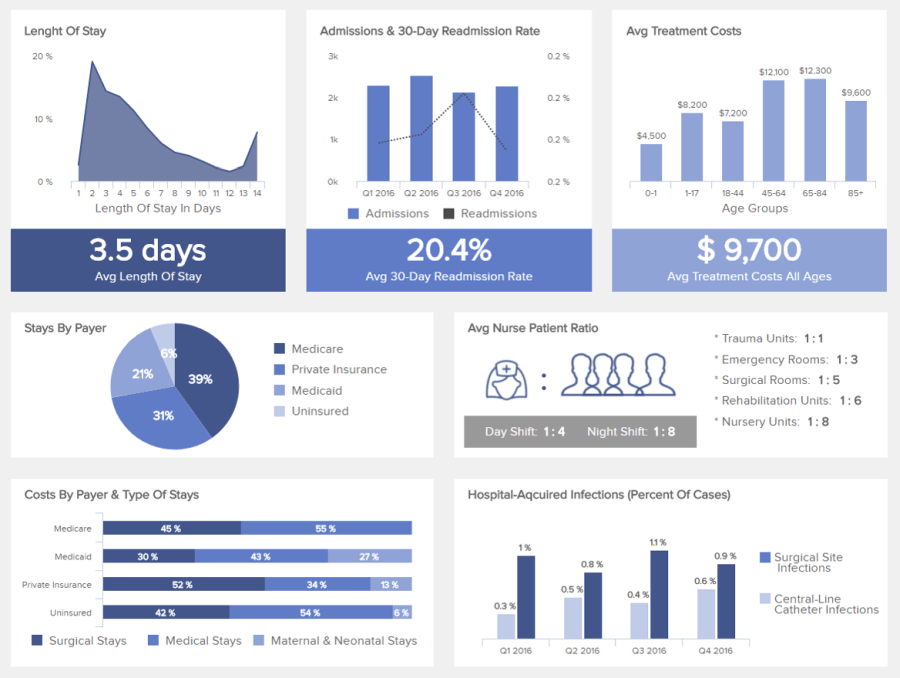
What data need to be monitored on the dashboard? – Learn more!
- Finding the essential measurements that match performance indicators and corporate goals is the first step toward finding the solution.
- An in-depth analysis of the essential data components that demand careful dashboard monitoring is provided in this investigation, opening the door to successful planning and well-informed decision-making in the dynamic world of corporate operations.
- To monitor a dashboard effectively, one must carefully choose the essential data points essential to understanding the performance and well-being of the company.
- The foundation comprises financial measures, which offer current information on earnings, costs, and profit margins. Sales strategy optimisation is guided by KPIs related to getting customers and conversion rates, among other sales performance indicators.
- Metrics measuring operational efficiency, such as production rates and resource usage, provide insight into the organization’s processes. Reviews and other customer satisfaction metrics are critical for improving the client experience.
- For a project to succeed and use resources as efficiently as possible, it is necessary to monitor plans, job completion rates, and resource allocation. Employee performance tests, such as key performance indicators (KPIs), empower talent management decisions.
- Data from supply chains and logistics, such as shipment schedules and inventory levels, optimize the supply chain for economical operations. Continuous improvement is ensured by controls on quality, which analyze the standards of the product or service and handle defect rates and consumer complaints.
- Website analytics are essential for improving online presence and customer service. They encompass website traffic, user interaction, and conversion rates. Ultimately, the organization is protected from unforeseen obstacles by closely monitoring risk management metrics, which detect potential business risks, legal problems, and security concerns.
- Integrating these data categories into the dashboard’s customization guarantees a thorough and up-to-date assessment of the organization’s performance. Many facets of this approach facilitate strategic planning, proactive decision-making, and the development of a flexible company environment, all contributing to long-term success in a constantly changing market.
Frequently Asked Questions:
1. What is it Core App Dashboard?
Within a company or organisation, a Core App Dashboard is a centralised tool that offers a thorough visual depiction of critical metrics and data about the functionality and performance of core applications.
2. What makes a Core App Dashboard crucial?
Core App Dashboard, which provides real-time insights, simplified control, and the capacity to monitor critical data in a single, central area, is essential for effective app management.
3. Can a Core App Dashboard track any kind of metrics?
Several indicators, such as user engagement, performance analytics, financial information, operational effectiveness, and pertinent to the core app, can be monitored by a core app dashboard.
In the summing up:
At the conclusion’s end, you can get fast insights and simplified management with the Core App Dashboard. Easily navigate this app to explore critical performance information and streamline buying procedures, enhancing your digital encounter.
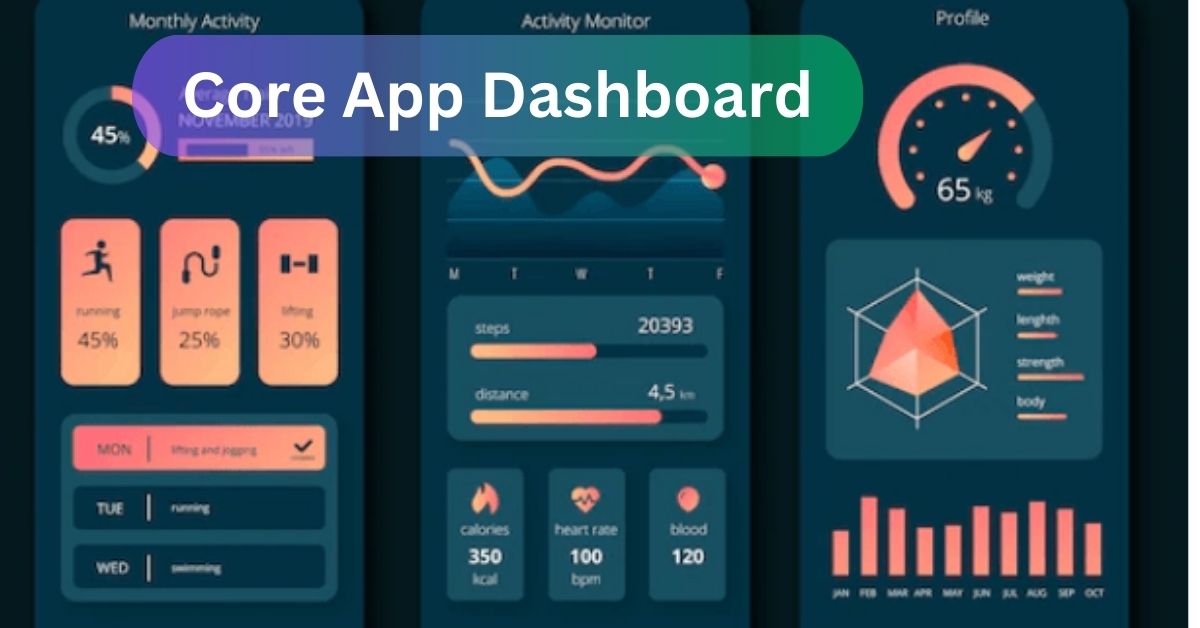
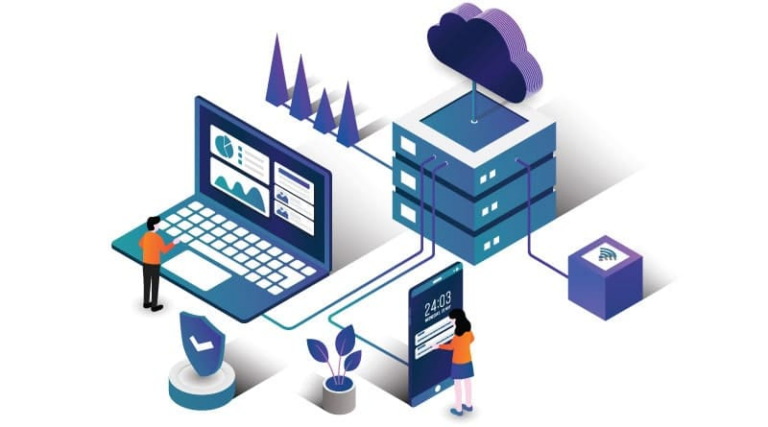

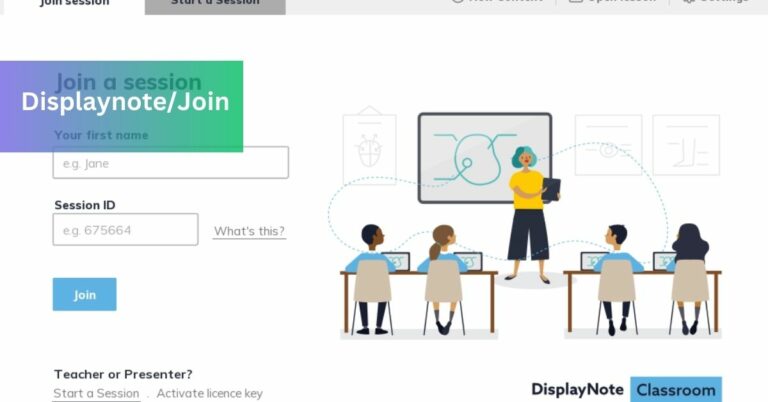









+ There are no comments
Add yours